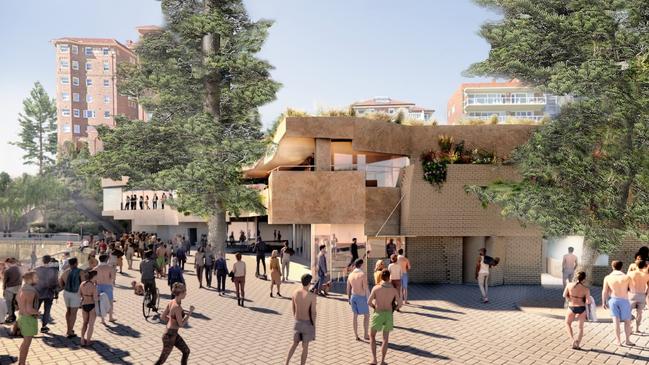Northern Beaches Council set to ask households if they’ll accept 14 per cent rate rise
Spiralling costs and stubborn inflation are behind a Sydney council’s proposal to hike rates by almost 14 per cent. See what the average household could be asked to pay.

Manly
Don't miss out on the headlines from Manly. Followed categories will be added to My News.
Homeowners are set to be asked if they are willing accept rate rises of close to 14 per cent to help the financially struggling Northern Beaches Council prop up its budget.
The average ratepayer could be paying as much as $2479 by 2027/28 as part of the council’s proposal to seek permission to significantly jack up rates over the next three years.
At prevent, the average rates on the northern beaches sit at about $1700 a year.
The council says it needs the special rate variation to “remain financially sustainable”, warning it would otherwise have to resort to cutting back on services and maintenance of ageing infrastructure.
It blames spiralling construction, labour and contracts costs, as well as inflation, for its budget woes.

Under the NSW Government “rate peg” system, the council can lift rates each year by a maximum percentage decided by the Independent Pricing and Regulatory Tribunal.
This year, for example, the tribunal allowed the council to raise rates by 4.9 per cent. Council staff predict the next “rate peg” will be 3.8 per cent.
But the council can also apply for a special rate variation, on top of the rate peg, to boost income so it can pay its bills, pay off loans, maintain current infrastructure — like footpaths and roads — and build facilities for the future.

In a report prepared for Tuesday night’s council meeting, staff have put forward a series of options ranging from sticking only to the annual rate peg rise, through to applying for a 10 per cent increase, in addition to the rate peg, annually for the next three years.
“Council is facing growing pressure to its financial sustainability as increases in income, under the NSW rate peg system, have not reflected the rising costs of materials, contracts, and construction,” the report states.
Staff pointed out that without the special rate variation, projects like the refurbishment of the Warringah Aquatic Centre, and building the new Manly Life Saving Club, would “not be possible”.
“Councillors have been advised that without a reduction in services, council’s long term financial sustainability, including responsible management of over $3.9 billion in infrastructure assets, will continue to deteriorate,” the report states.

“A special variation to rates will be required if council intends to continue to meet community expectations and deliver existing services and service levels as well as ensure availability of funding for new and upgraded assets, environmental outcomes, loans and unforeseen events such as storms.”
Independent councillor Vincent De Luca said the council should first “look internally” for cost savings and other revenue raising initiatives before going straight to hiking rates.
Cr De Luca suggested management staffing levels could be examined, unused council-owned property could be repurposed, and public-private partnerships signed to redevelop little used council-owned buildings.
“It is paramount that the council looks within and into other areas where it can raise funds, instead of just constantly raising rates,” he said.
On the other hand, “Good For Manly” councillor Candy Bingham believed most locals would be realistic about the need for more rate rises to address the high cost of providing services and maintaining assets.
“We are running 57 services and staff are working hard,” Cr Bingham said.
“But, financially, we are going backwards.
“In Manly alone, some of the assets, like the stormwater pipes, are over 100 years old.”
Councillors will vote on Tuesday night on whether the report outlining the reasons in favour of a special rate variation, and detailing how much it would cost ratepayers, should be released for public feedback.
The tribunal requires the council to apply for a special rate variation to ask the public’s opinion on the proposed rate rises.





